by Myer G. Mula, Ph.D.
It has been said that real development is people development. Money, machine, land and material are only productive if people know how to use them properly. Any person who can create something new or something different has already acquired a competitive advantage because it means an improvement. In short, it is an innovation that distinguishes entrepreneurship from other activities.
According to Mula (2018), resources like money and machinery are as equally important since these are inputs to make one’s business competitive. Money would also include skills and knowledge in financial tasks. Financial literacy is important not only in putting up schemes for financing agribusinesses but the entire process of decision-making. Towards the pursuit of agripreneurship, one must not only have the appropriate tools or equipment but must also be abreast with the latest or state of the art machineries to achieve cost-efficient production and processing including packaging.
Based on data from the Asian Development Bank, the Philippines has the lowest (1.6) gross value added average (GVA) in ASEAN from 2010 to 2014 followed by Thailand (2.0), Malaysia (2.8), and Vietnam (3.2). The Philippines having the lowest GVA in ASEAN somehow explains why poverty is still prevalent in the countryside by 40% in 2014, which is hardly an improvement over the 46.9% recorded in 2000. Thailand’s rural poverty incidence was 13.9% in 2013, Indonesia 13.8% in 2014, Vietnam 17.4% in 2010, and Malaysia 8.4% in 2009 (Dar, 2016).
One way to revitalize and modernize the country’s agriculture sector is through agripreneurship, which is wider in scope than agribusiness. In fact, agripreneurship has special or extraordinary features, whether micro, small, and medium enterprises (MSMEs) have a significant role in tapping the potentials of agriculture to ensure economic security. Agriculture is a remunerative stable livelihood especially when provided full support. Indeed, the Special Area for Agricultural Development (SAAD) Program of the Department of Agriculture is a testament where the beneficiaries of the 30 poorest of the poor provinces benefitted with the livelihood granted to them.
However, agripreneurship should eventually result in Agribusiness Incubation (ABI), which should result in scientific innovations to propel business growth for smallholder farmers. ABI demonstrates clearly that science and entrepreneurship go hand-in-hand. With these in place, the vulnerability of the country’s food and agriculture systems will improve. Even the competitiveness of agricultural products will advance since this is a function of innovative product development, good marketing, with a sound understanding of consumers. Thus, market-oriented farming is not mainly or simply a hand-to-mouth existence.
Through Agricultural Industrialization, which is one of the 8 paradigms of the New Thinking of Agriculture Secretary William D. Dar, the block farming approach can also make production more efficient because this will allow farmers to organize into smaller groups and pool their resources to adopt mechanization and other farming technologies. Once farmers realize that processed products have higher value-added, they can innovate or develop more products from raw farm produce, and even plant other crops that can be processed into more finished products.
Inclusive value-chain approach captures as much of the value in all stages from pre- and post-production, processing and distribution for meeting domestic and export market requirements as well as niche markets. Making the most of agricultural output means thinking of how to convert raw agriculture produce into products that have higher value-added. This is referred to as agro-processing. This requires tapping into innovation and markets. When agripreneurs are able to utilize business processes and resources to convert agricultural commodities into higher-margin products, they can compete even in the export market. If the export markets are successfully tapped, this can stimulate even greater farm production, thus bringing more income to agripreneurs and even farmers who work together with them (Devaux et. al., 2018).
To conclude, agripreneurship will open enormous possibilities for the subsistence farmer whose simple aspiration is to have food and some cash on a seasonal basis to a transformation especially as a contributor to stable livelihood. Over the long term, agripreneurship should elevate the country’s agriculture sector, and inclusive growth should follow. ###
References:
Dar WD. 2016. Agripreneurship. The Manila Times, December 30.
Devaux A, Torero M, Donovan J and Horton D. 2018. Agricultural Innovation and Inclusive Value-Chain Development: A Review. Journal of Agribusiness in Developing and Emerging Economies, 8(1):99-123.
Mula MG. 2018. Agripreneurship: An Exciting Challenge Towards Economic Development. Green Farming International Journal of Applied Agricultural and Horticultural Sciences, 7(3):211.

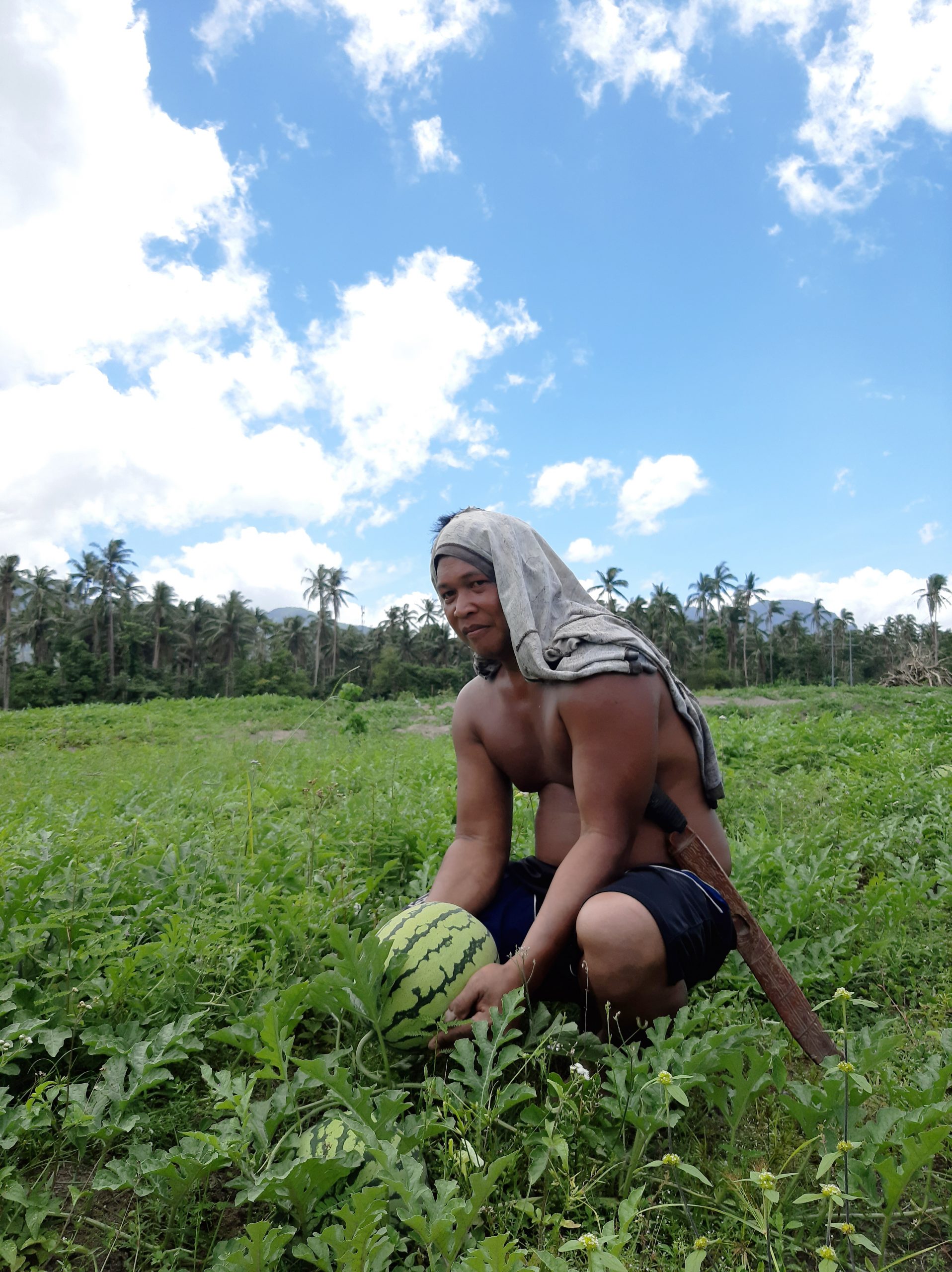
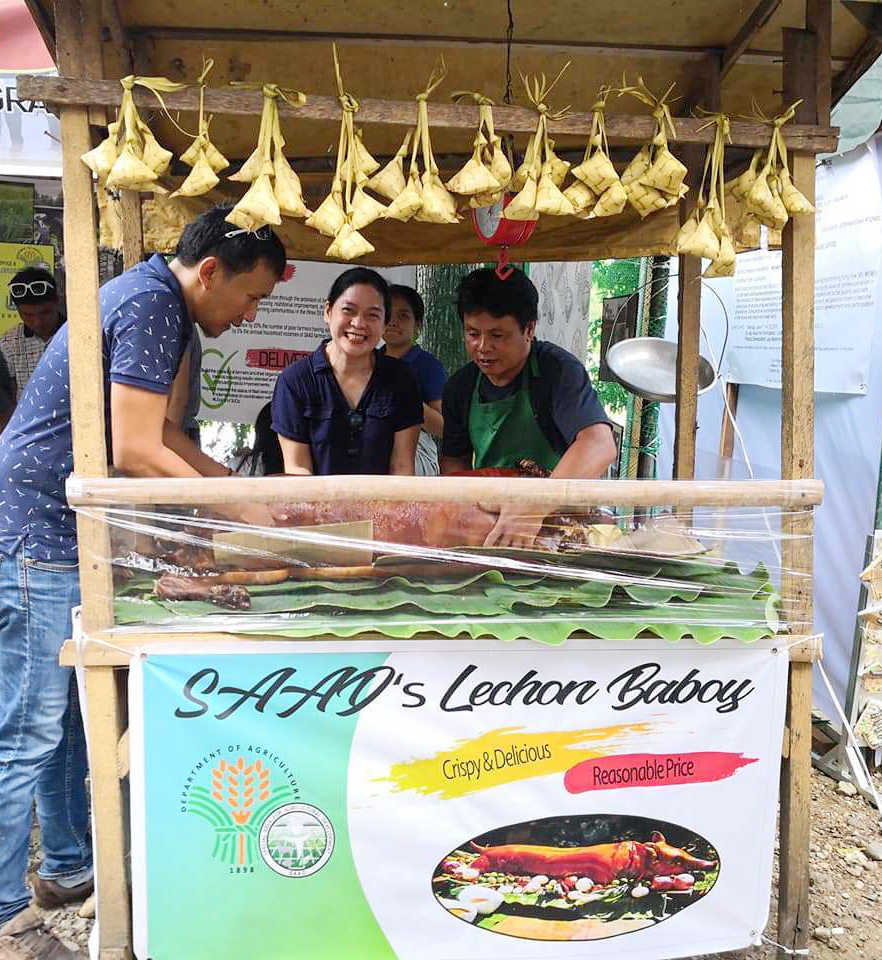
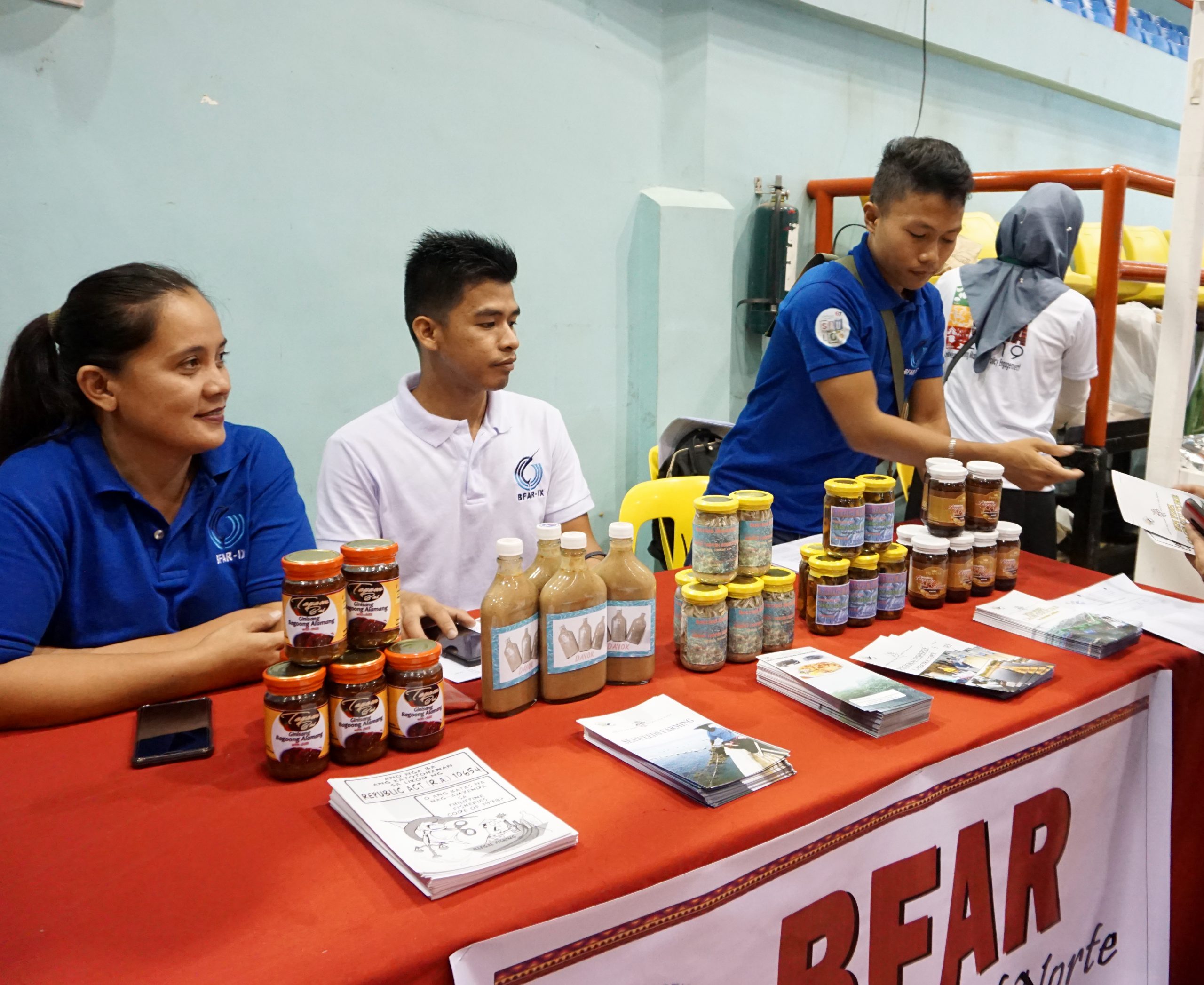
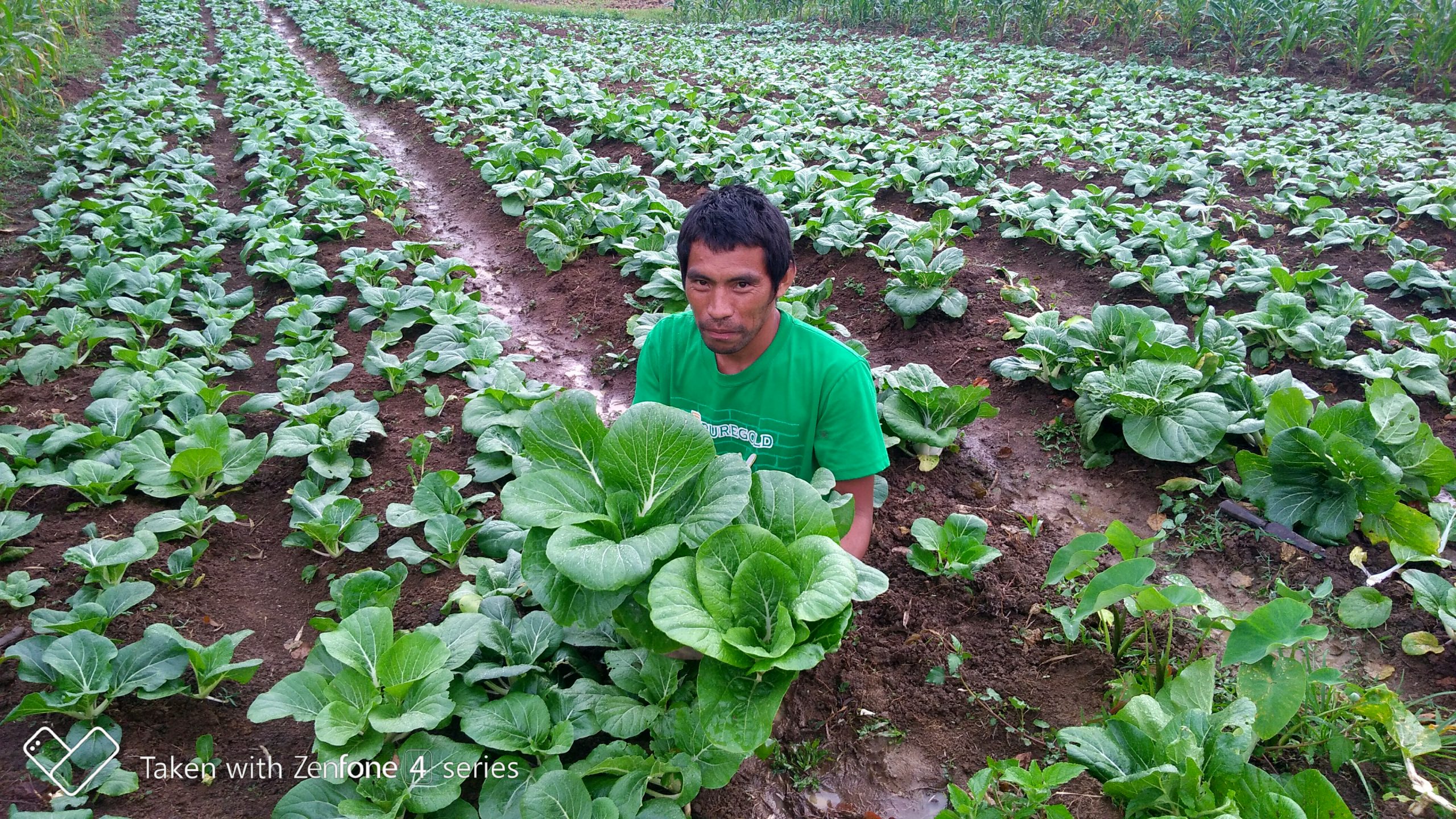
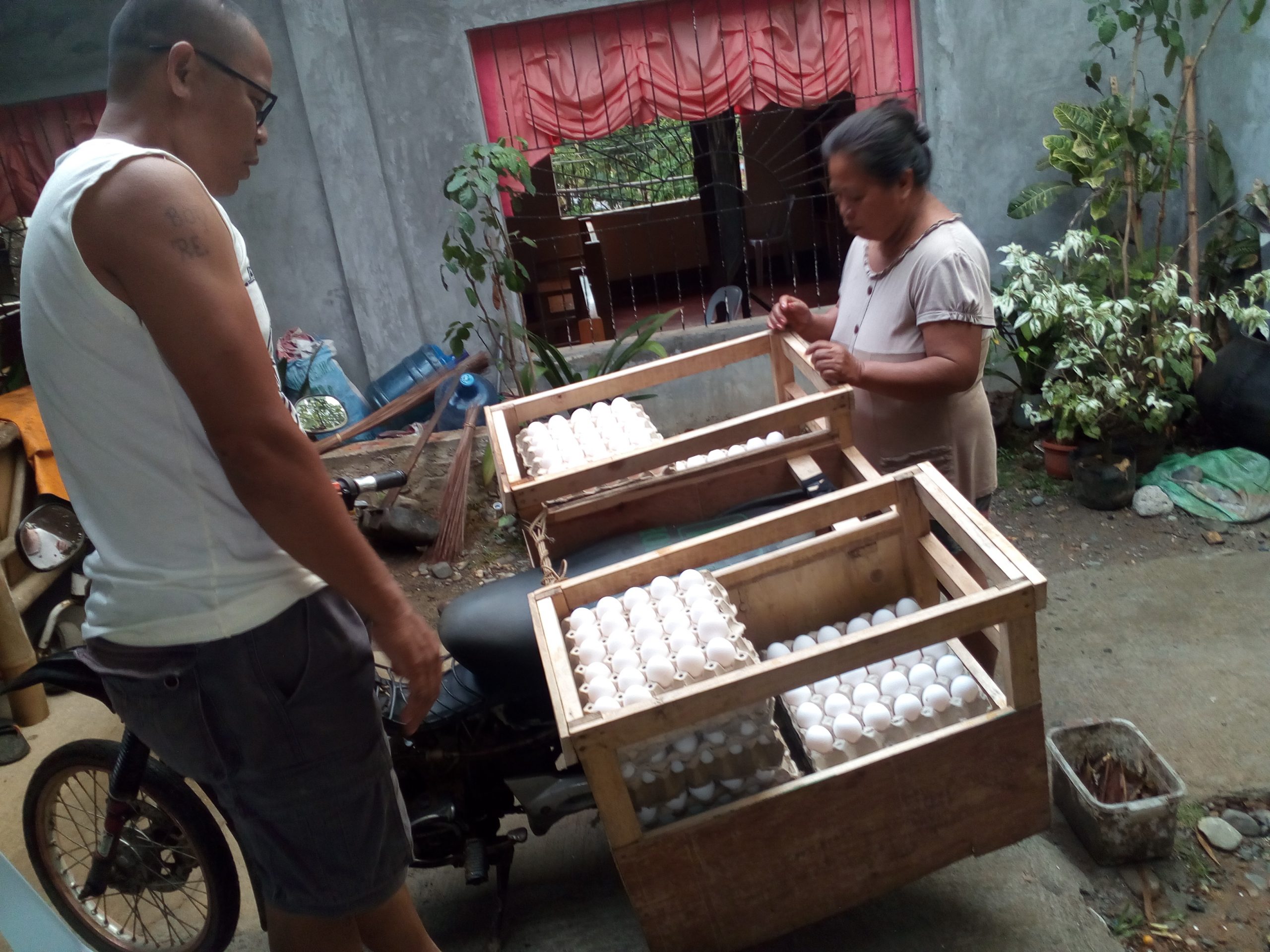
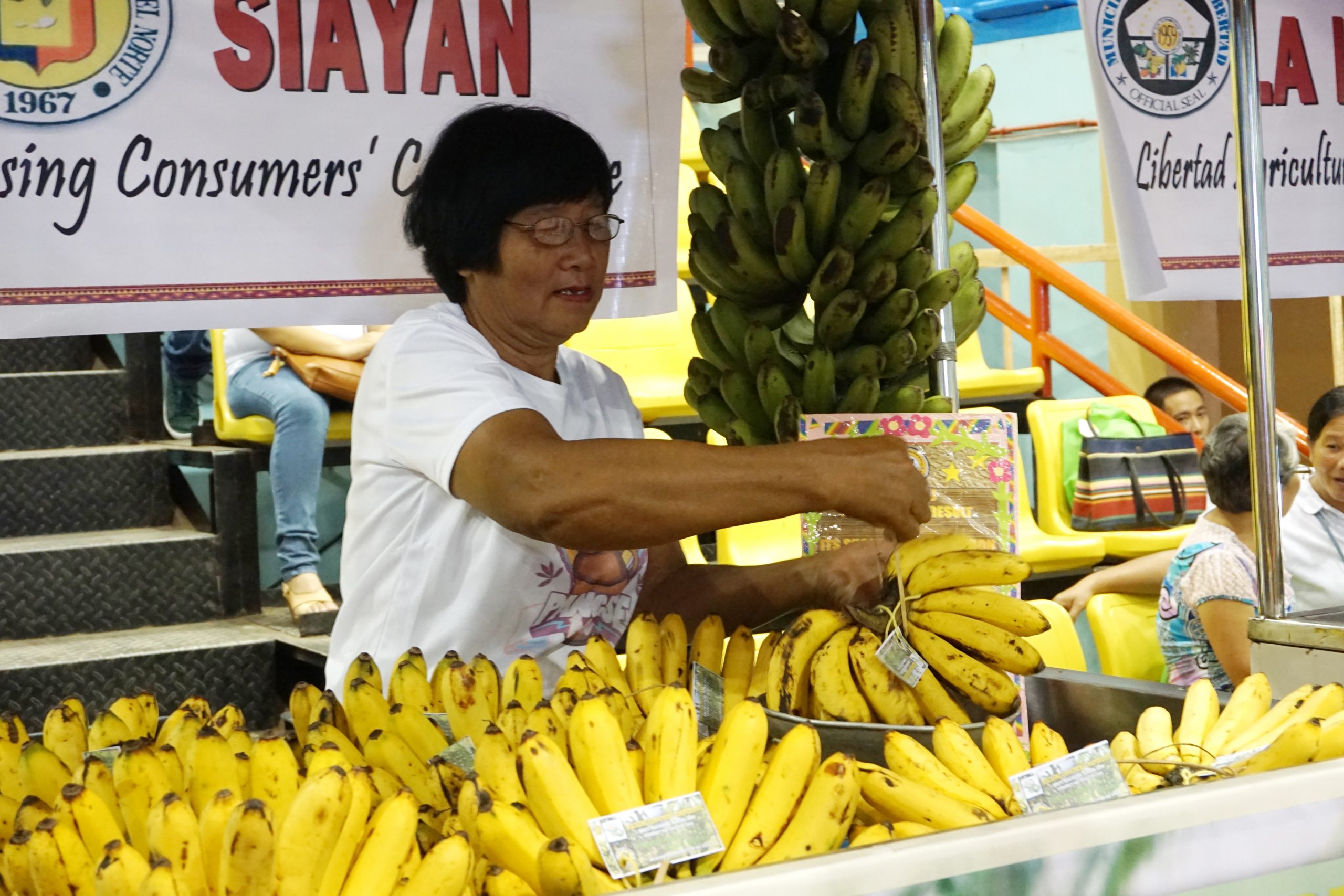
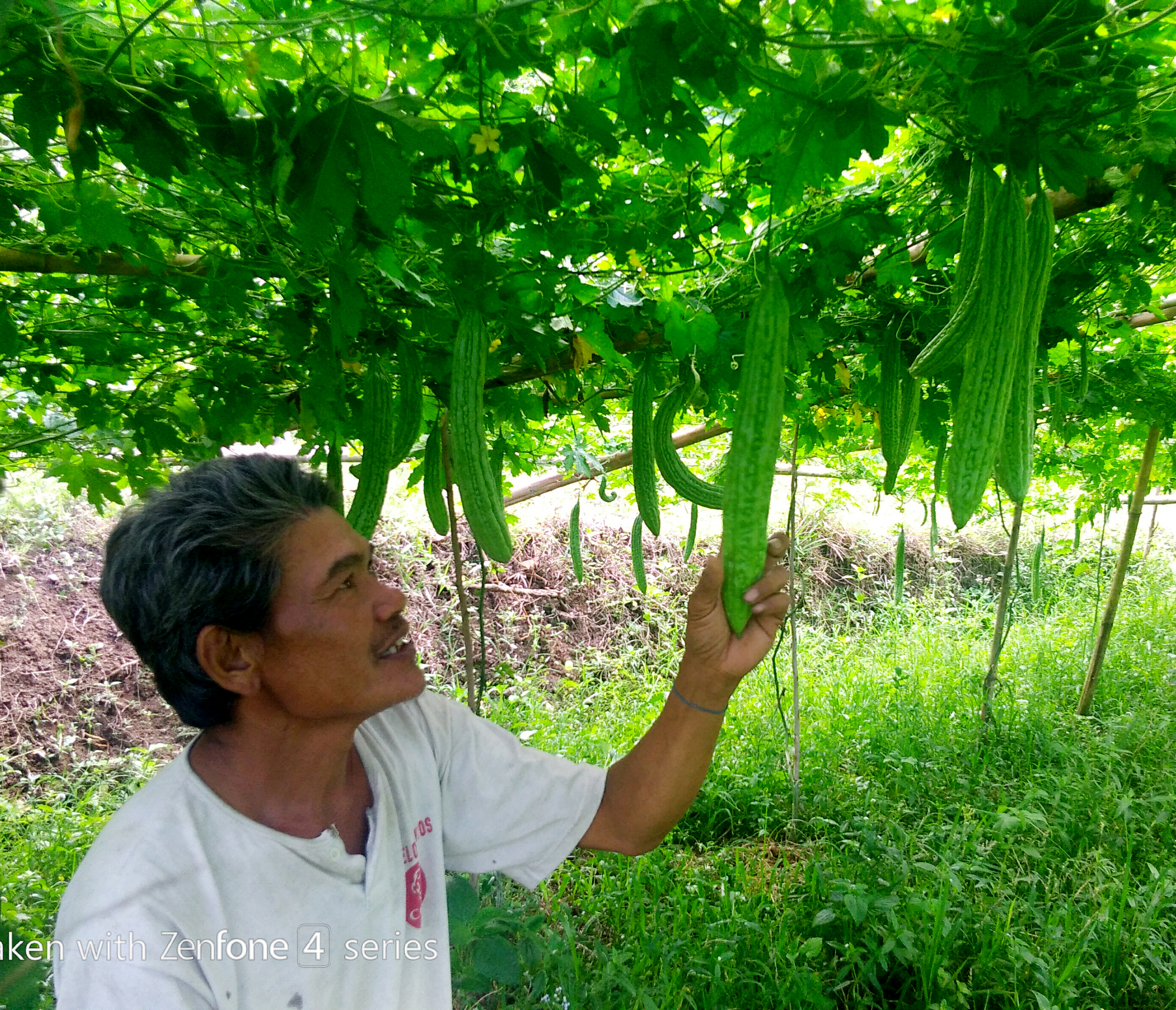
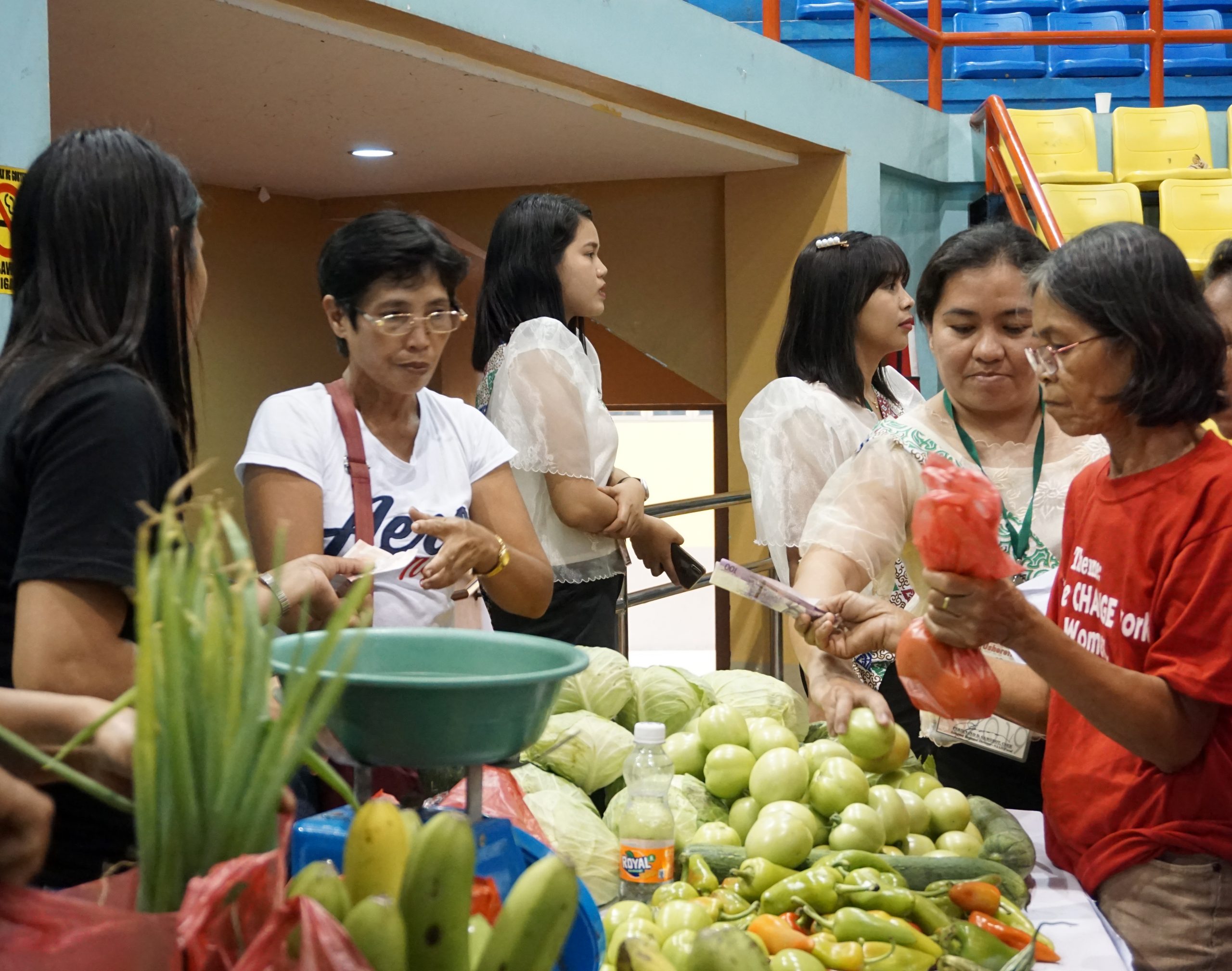
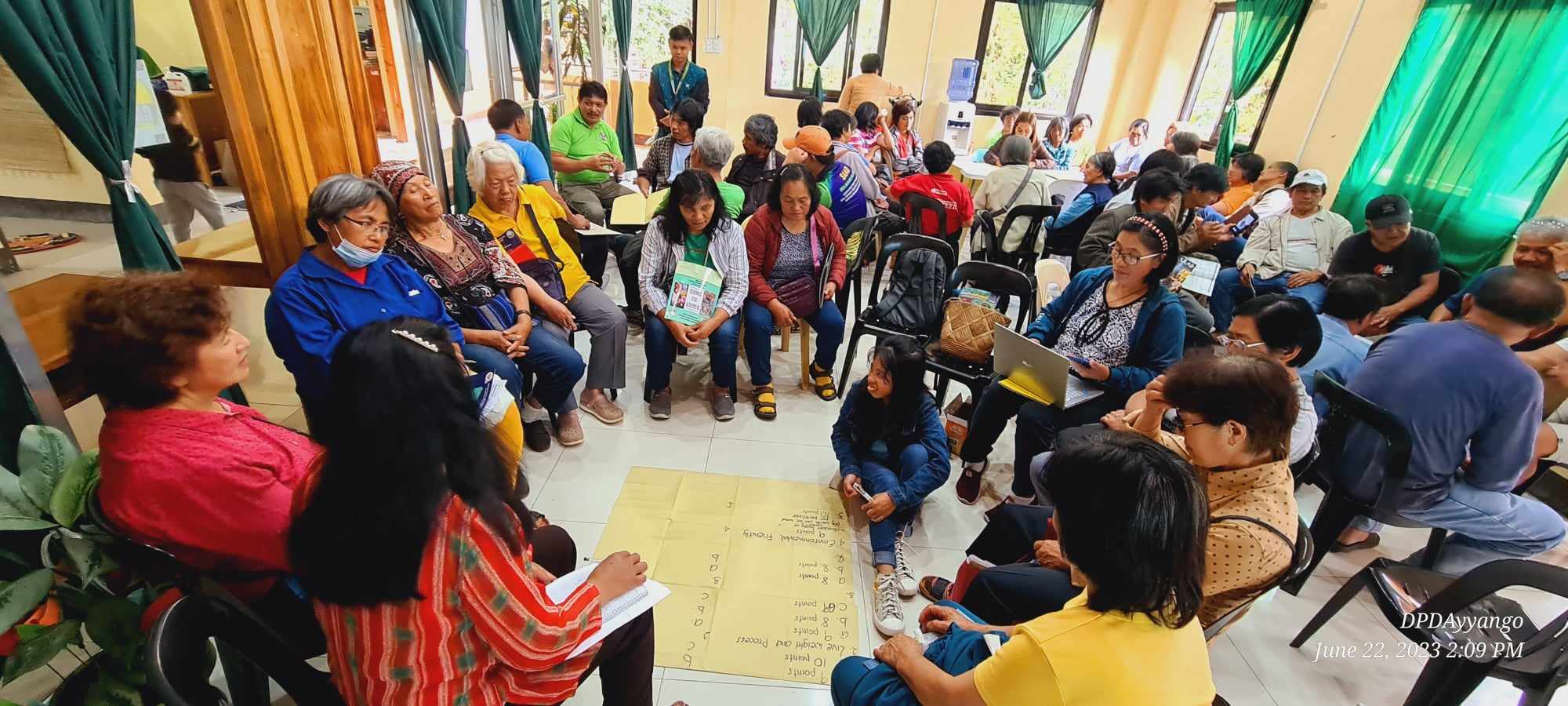
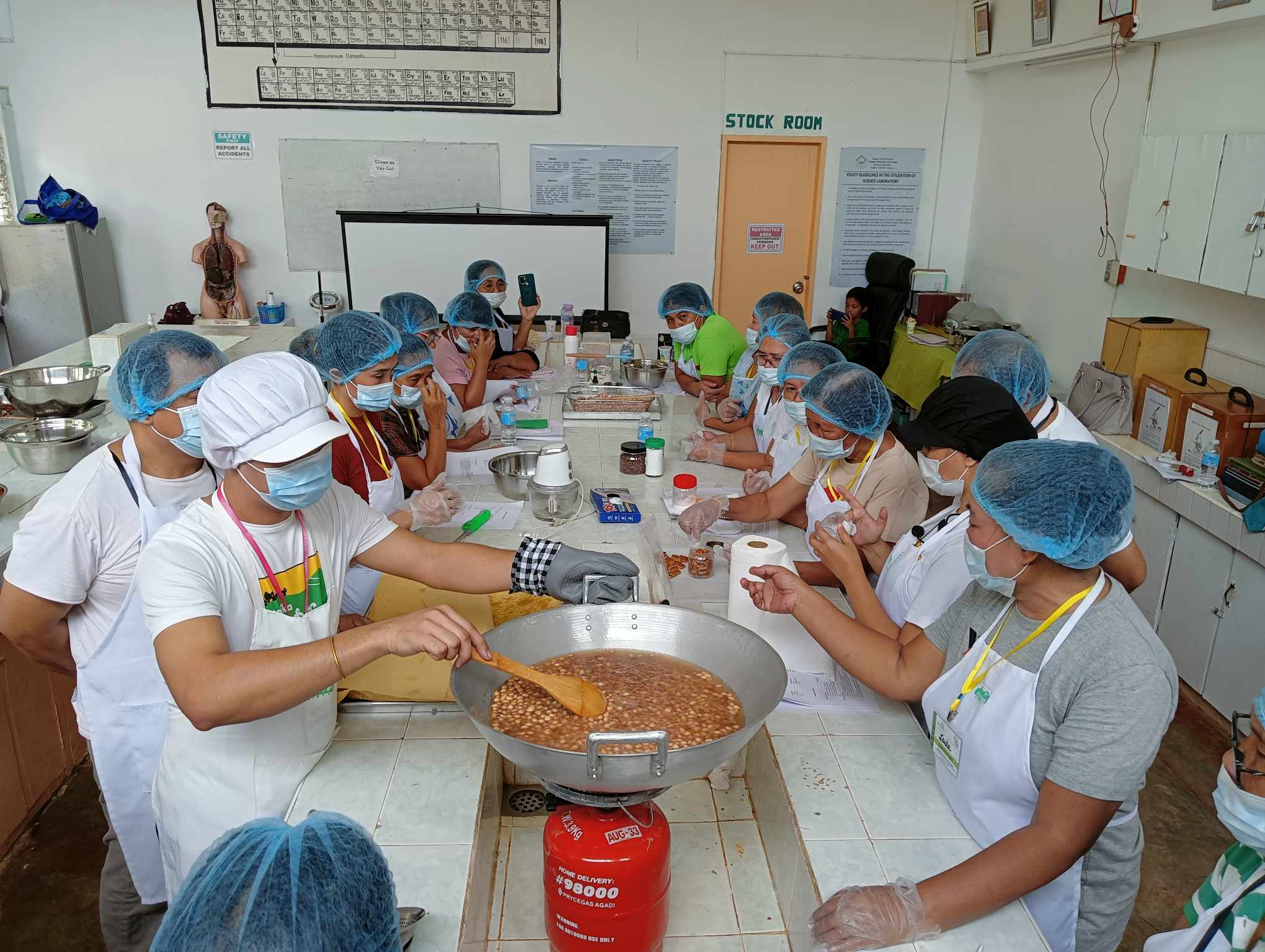
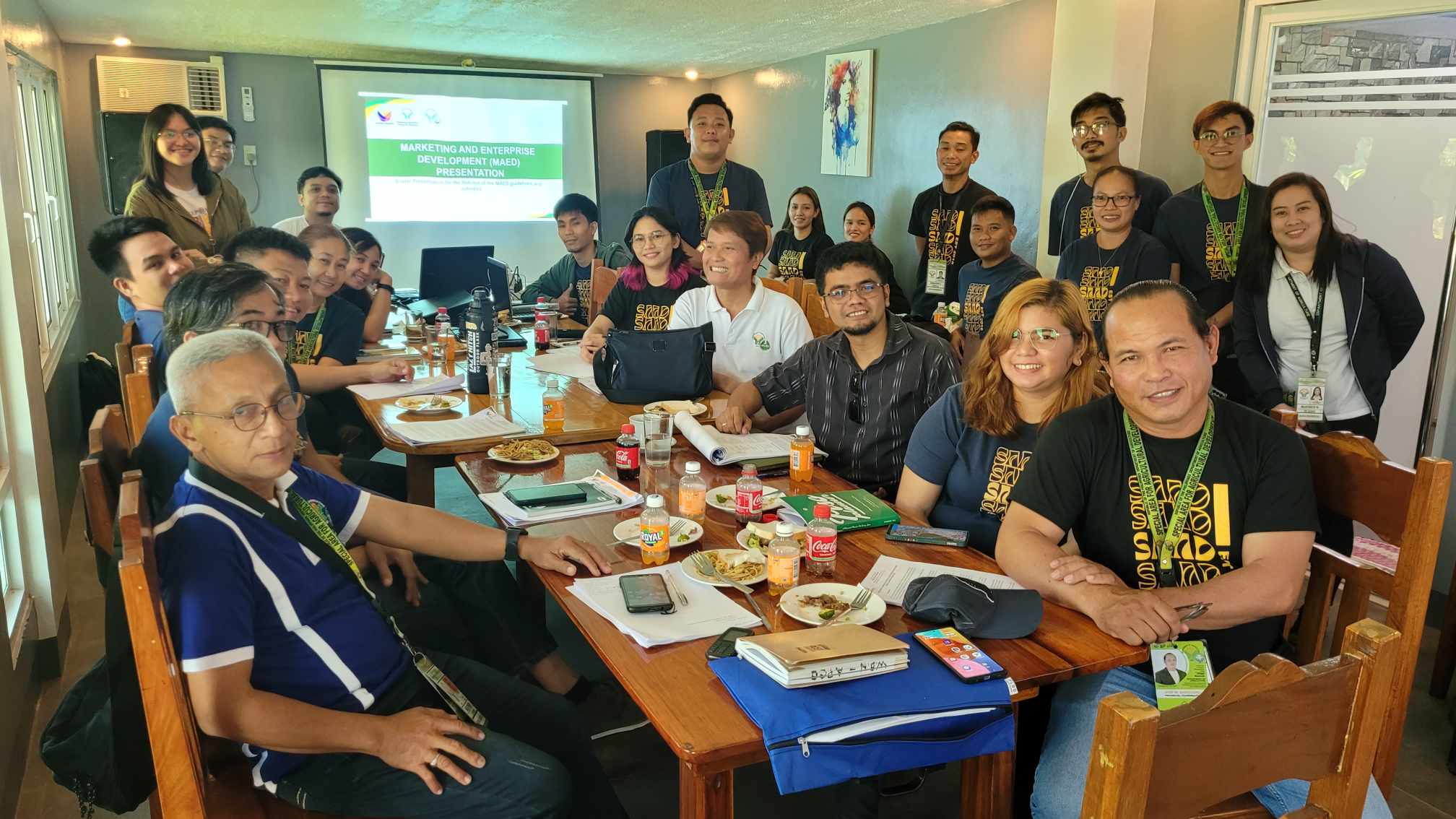
This Post Has 0 Comments